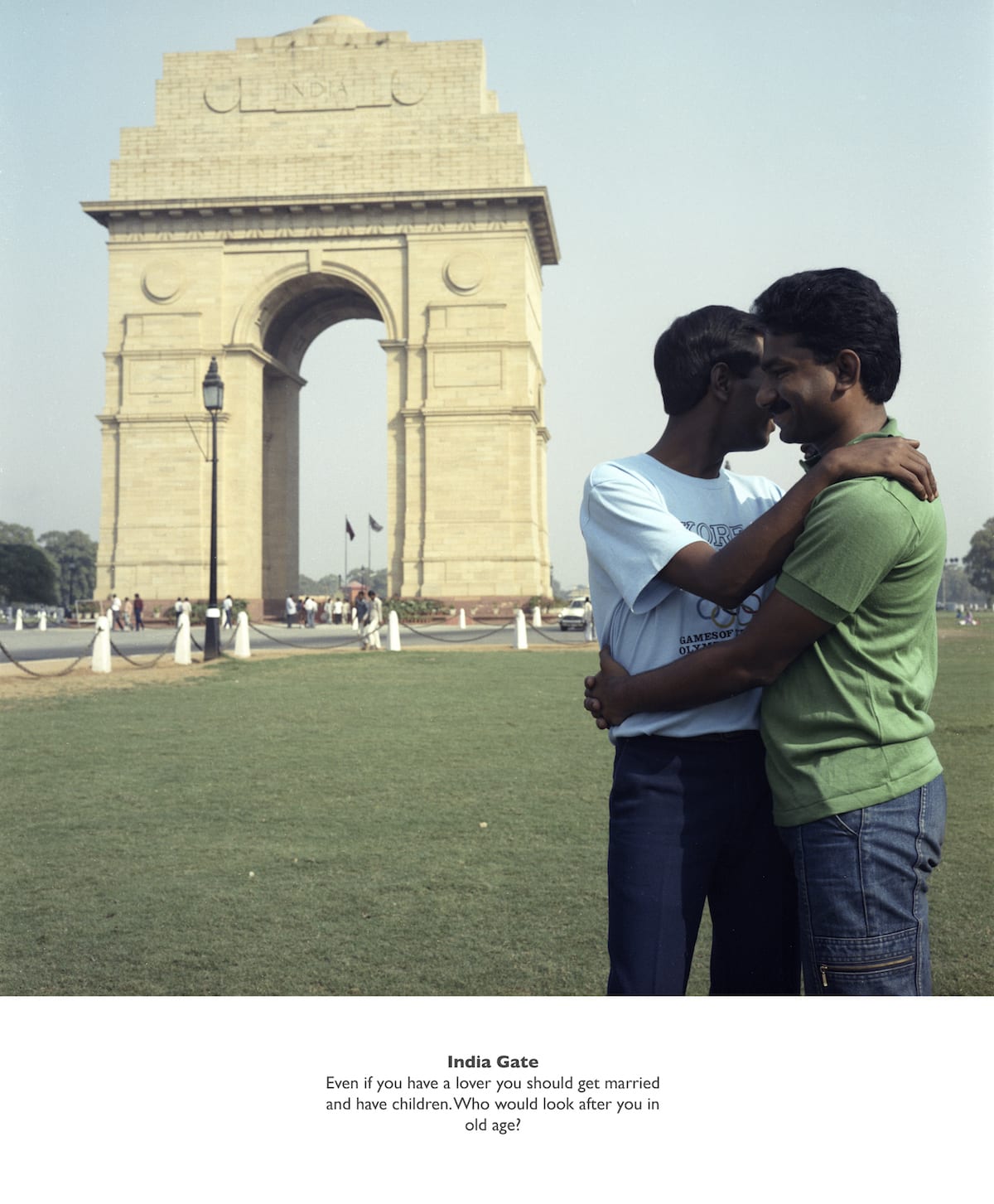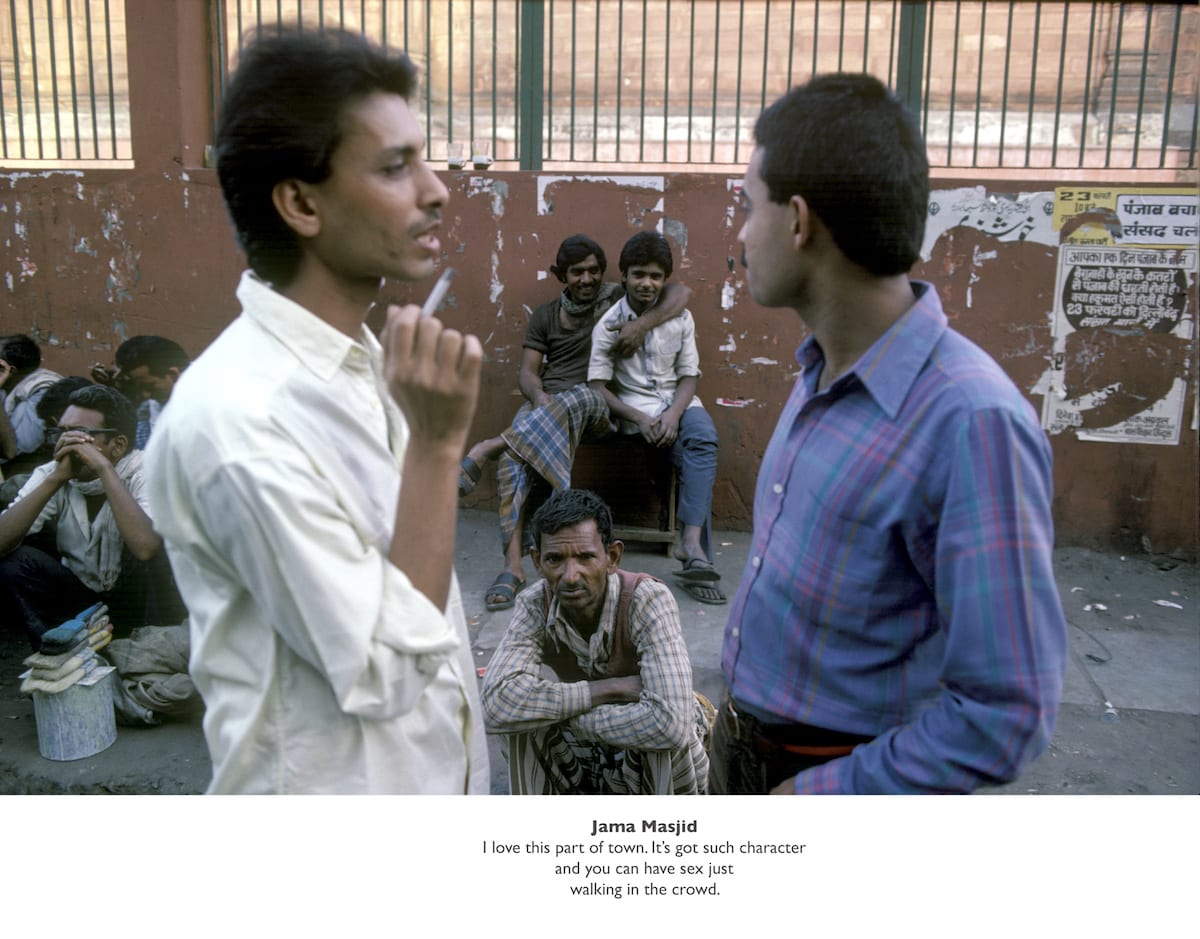Sixteen series from Gupta’s oeuvre go on show at The Photographers’ Gallery, London, in what is the artist’s first, major UK-based retrospective. Ahead of the opening, Gupta reflects on almost half a decade spent making work responding to the injustices suffered by gay men across the globe, himself included
Sunil Gupta’s photographs are as much a reflection on his life, as they are documentation of a significant period in the history of gay rights. His intimate images take us to the electric streets of New York’s Greenwich Village in the seventies, through to the darkness of AIDs and the struggles and victories of gay communities worldwide, from London to his birthplace, India. Now 16 series from Gupta’s past 45 years of work go on show at The Photographer’s Gallery, London, from 09 October 2020 until 24 January 2021, in what is the artist’s first, major UK-based retrospective, From Here to Eternity. A new publication, charting the encounters and events that have shaped his political and personal journey, accompanies the show.
Gupta (b. 1953) grew up in Delhi, India, in a time and place where sexual experimentation existed, but the conversation didn’t: “As a teenager, people did stuff and messed around – you would wait until your parents were out, but no one called it anything, there was no language to describe what was going on.” In 1969, the same year as the Stonewall riots in New York City, he migrated to Montreal, Canada, with his family, discovering a sexually-liberated country, where he could express himself fully. The sixties were the years of free love and the fight for civil rights. Studying a BA in communications at Concordia University, Gupta immersed himself in the activities of the Gay Liberation Movement within his school. It was here that he began to engage with photography, buying a camera and making prints for the various newsletters and newspapers created by the same Liberation group.
However, it was upon moving to New York City that Gupta experienced Gay Liberation properly amid the streets of Greenwich Village, and particularly Christopher Street, home of the Stonewall Inn, where the movement gained momentum following the Stonewall Riots of 1969. AIDs was not yet a threat and homosexuality had moved into the open with gay men occupying the street to meet, flirt, and hang-out. A radical act, which Gupta documented in Christopher Street (1976): the first series he made as a practising artist while studying photography at the New School (having dropped out of an MBA), which captures the men surrounding him through intimate black-and-white images.


